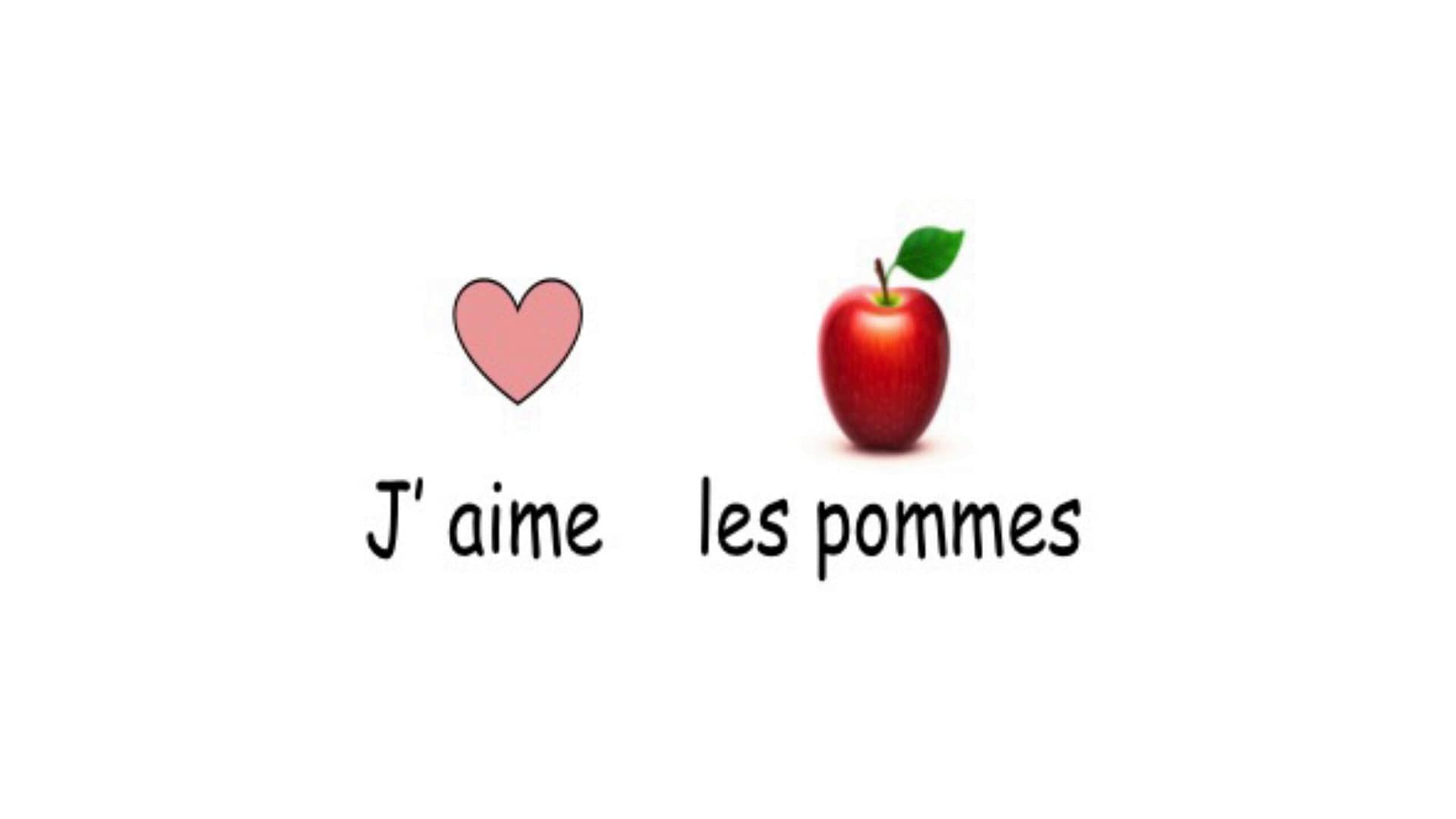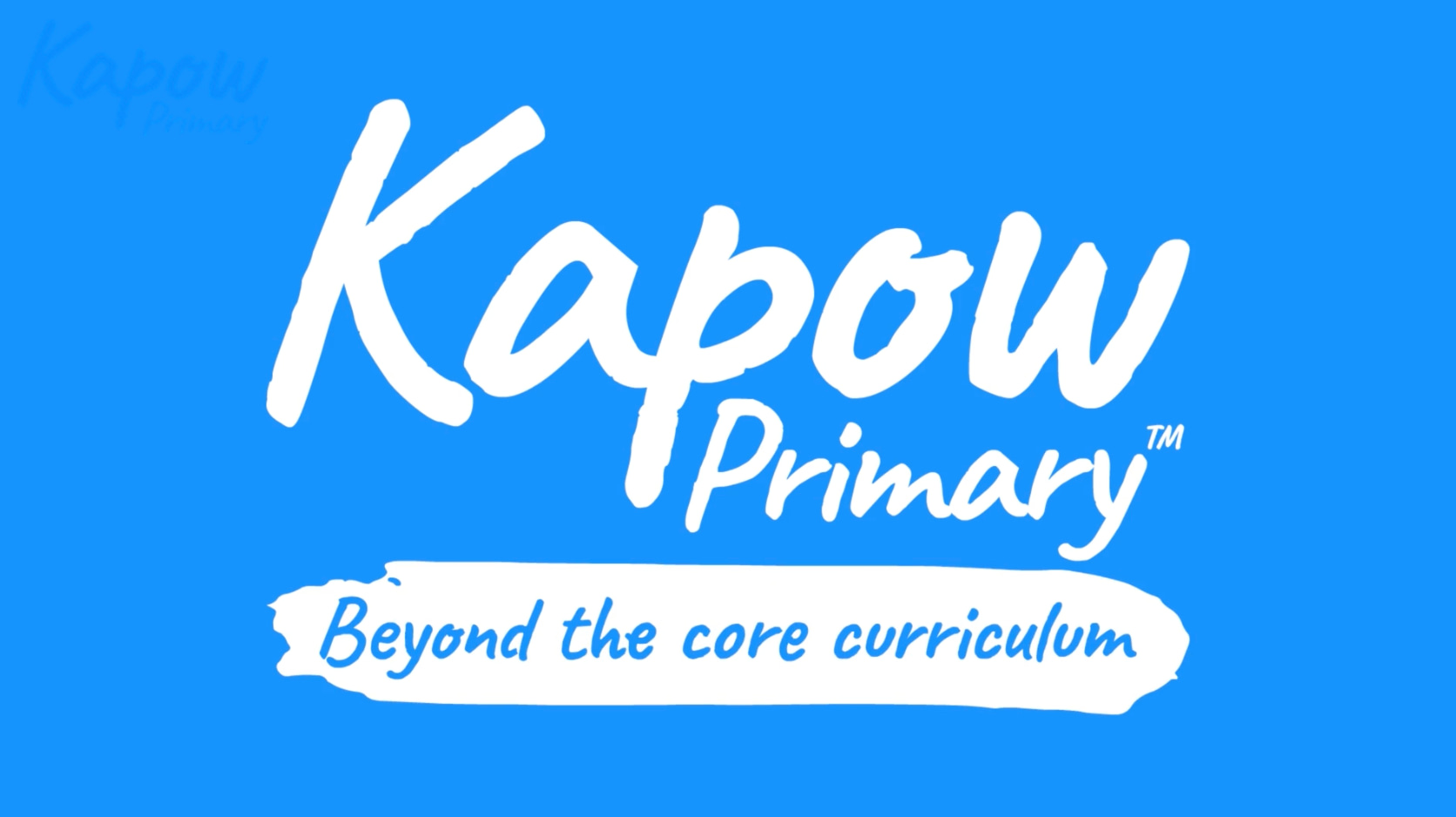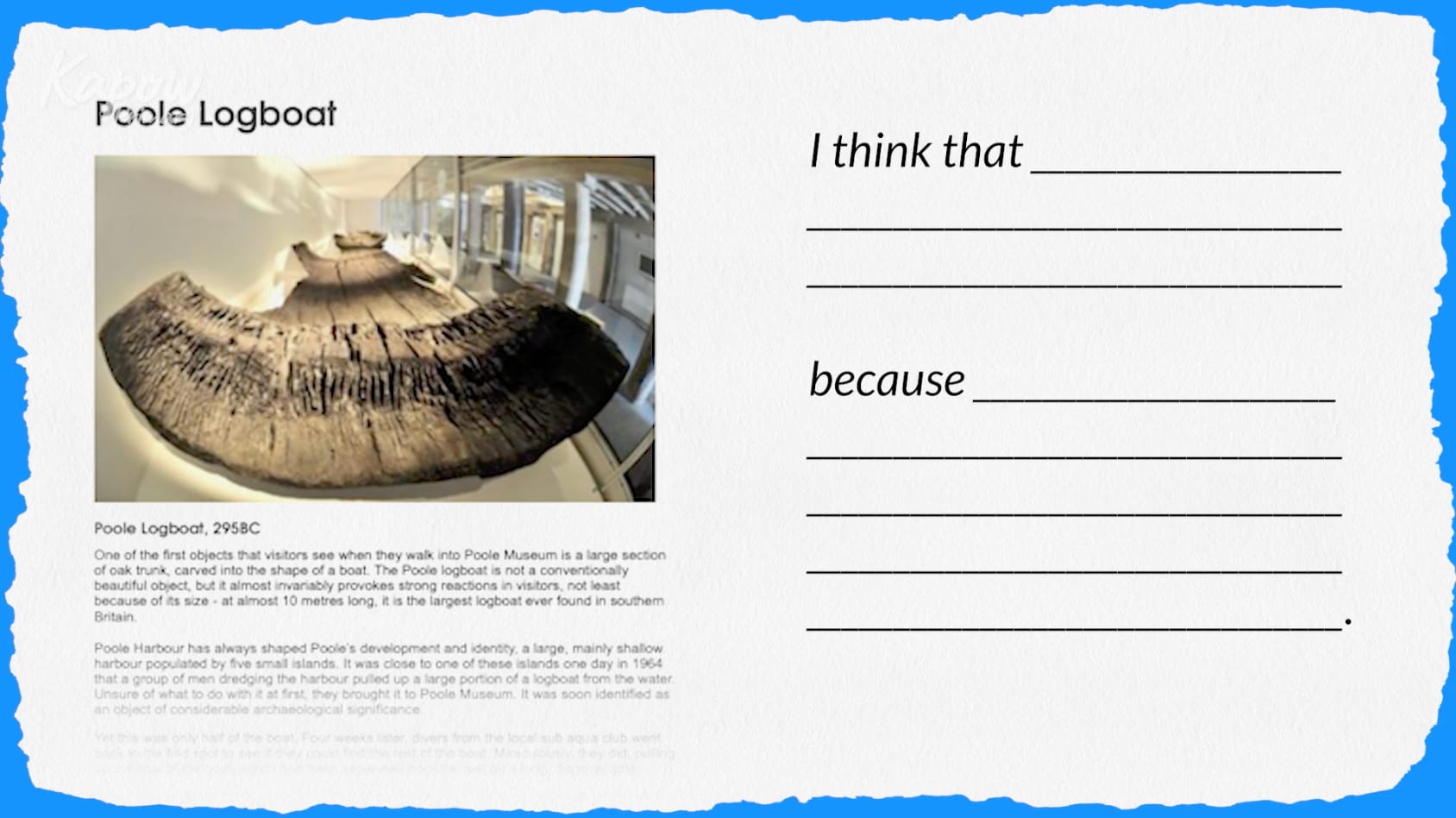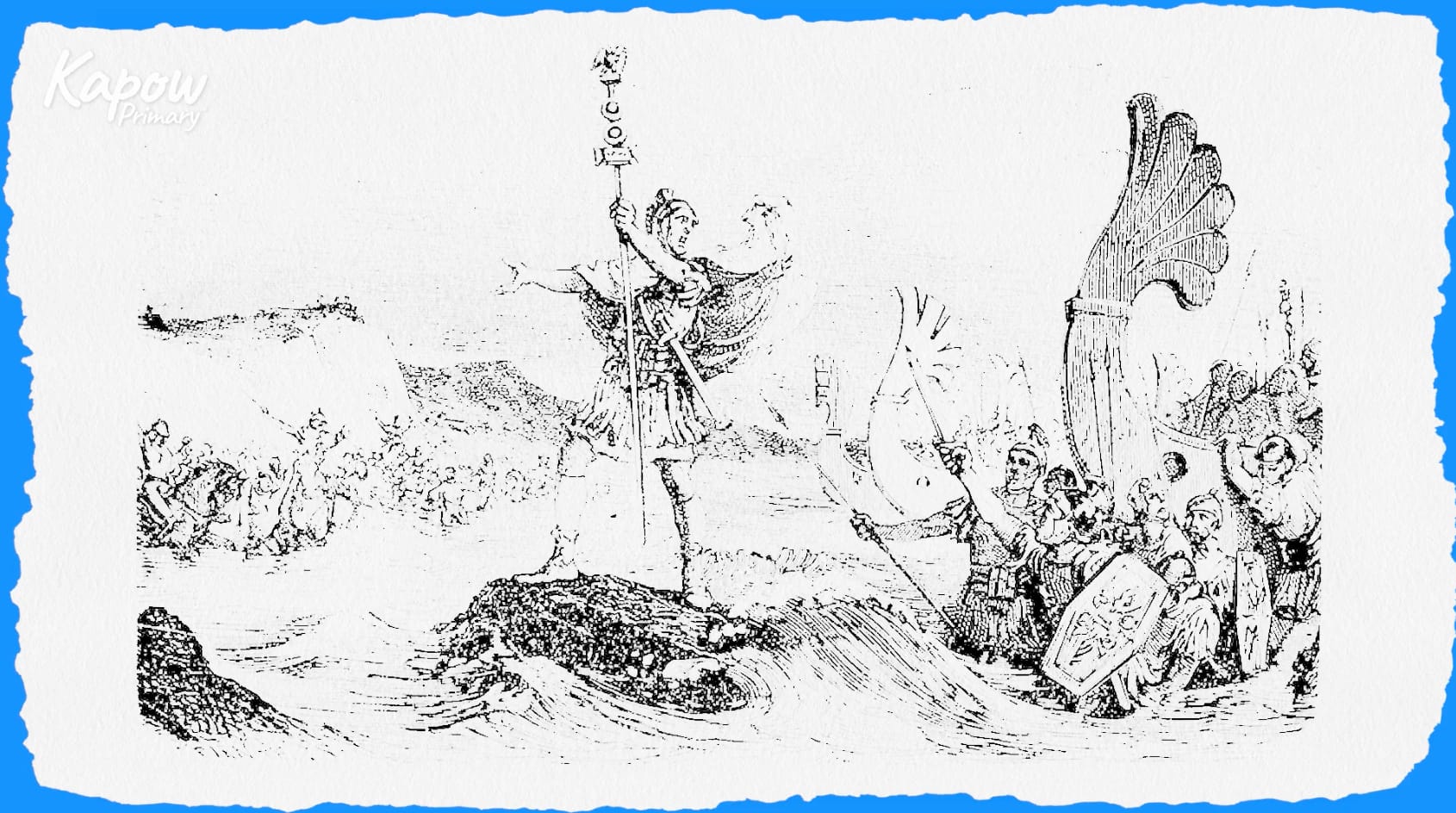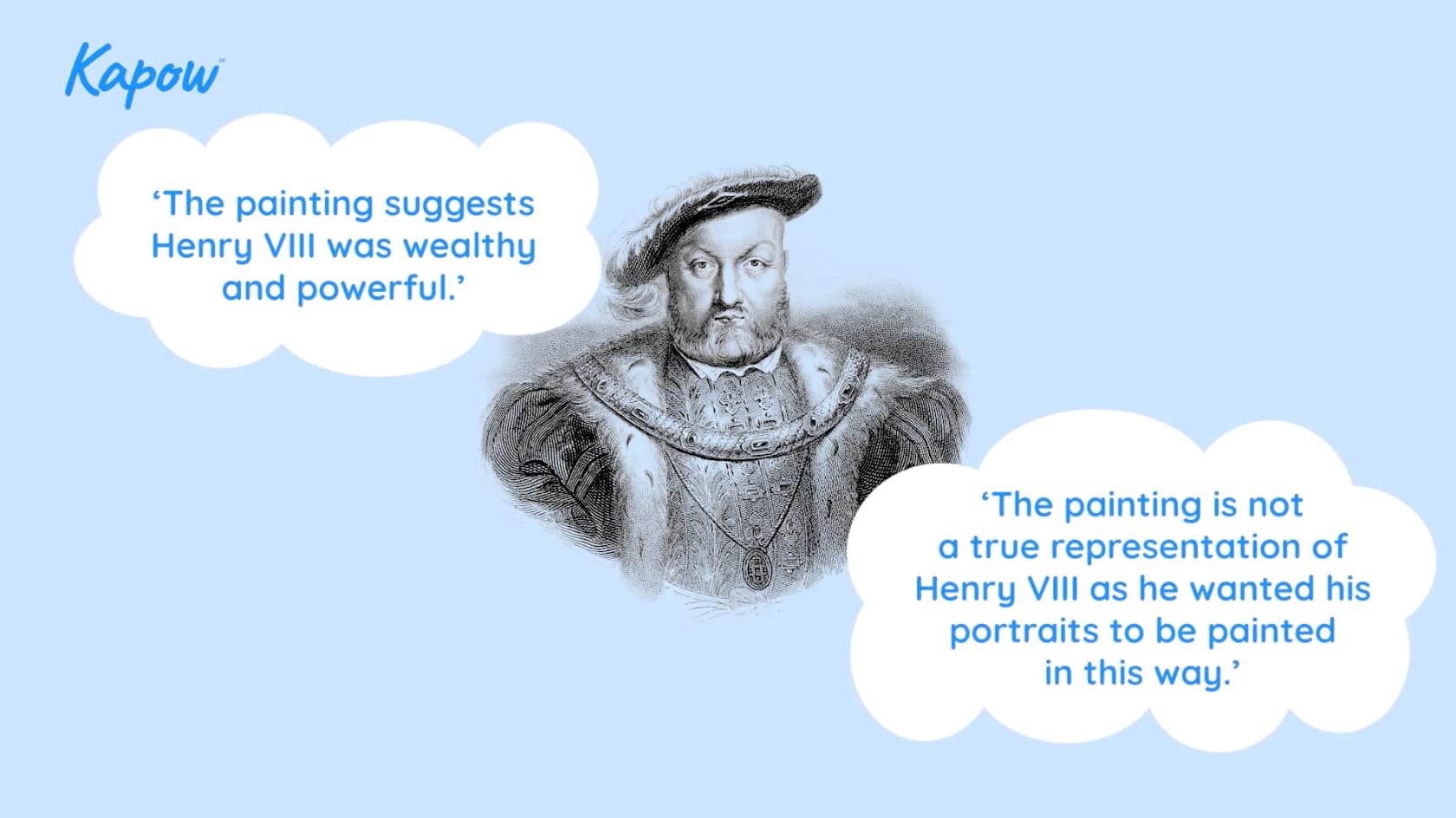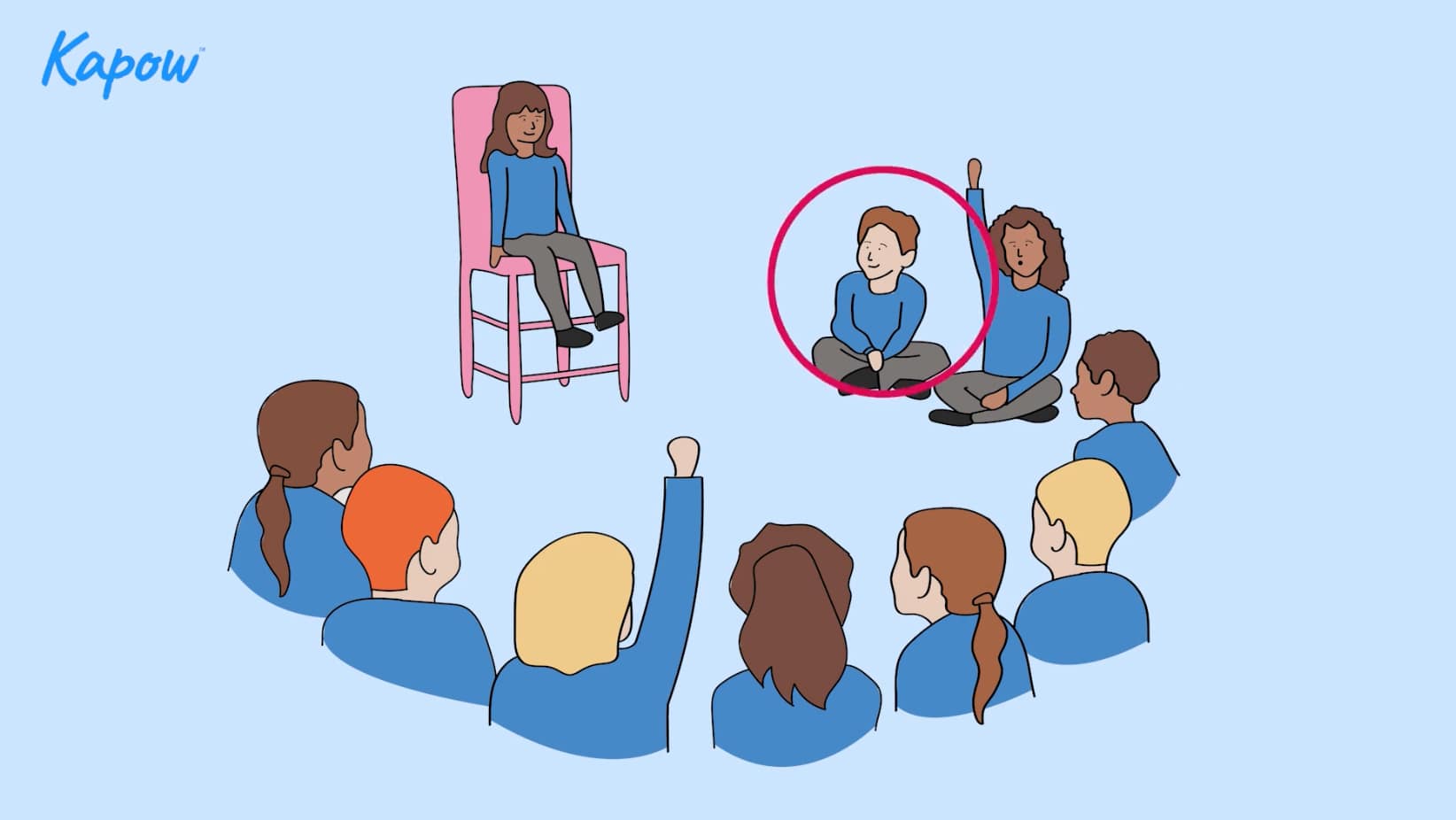This French scheme of work video introduces teachers to the skills needed to help Key stage 2 pupils express simple opinions about their own and their family members.
year: Year 5
Teacher video: What are they like?
This French scheme of work video introduces teachers to the skills needed to help Key stage 2 pupils build sentences and develop confidence in describing people.
Teacher video: Brothers and sisters
This French scheme of work video introduces teachers to the topic of family, supporting Key stage 2 pupils in learning to describe siblings using simple sentence structures.
Teacher video: Developing questioning
A History video that helps teachers guide pupils in asking and answering historical questions, developing enquiry skills, and using evidence to investigate the past.
Teacher video: Historical interpretation
A History video that helps teachers develop the children’s skills in understanding and evaluating historical interpretations.
Teacher video: Cause and consequence
A History video that helps teachers develop the children’s skills in analysing causes, events, and consequences.
Teacher video: Sources of evidence
A History video that helps teachers develop the children’s skills in using sources as evidence to investigate the past.
Teacher video: Hot seating
A History video that helps teachers use hot seating to develop the children’s enquiry and empathy skills.
Unit overview: Why are some places in the world significant?
The Religions and worldviews video gives an overview to support the delivery of the unit ‘Why are some places in the world significant?’, exploring the concepts of sacred, holy, pilgrimage, and significance.

